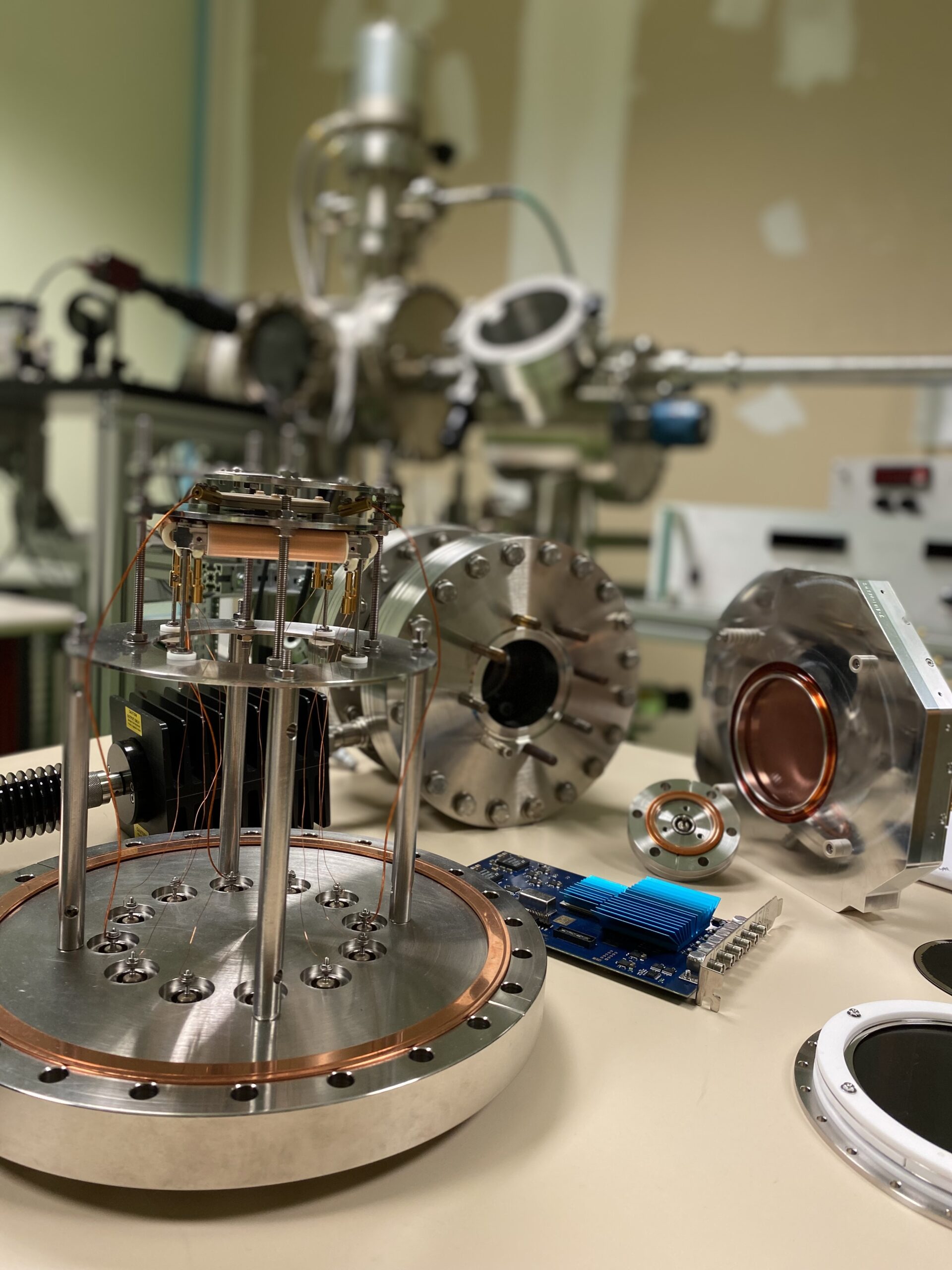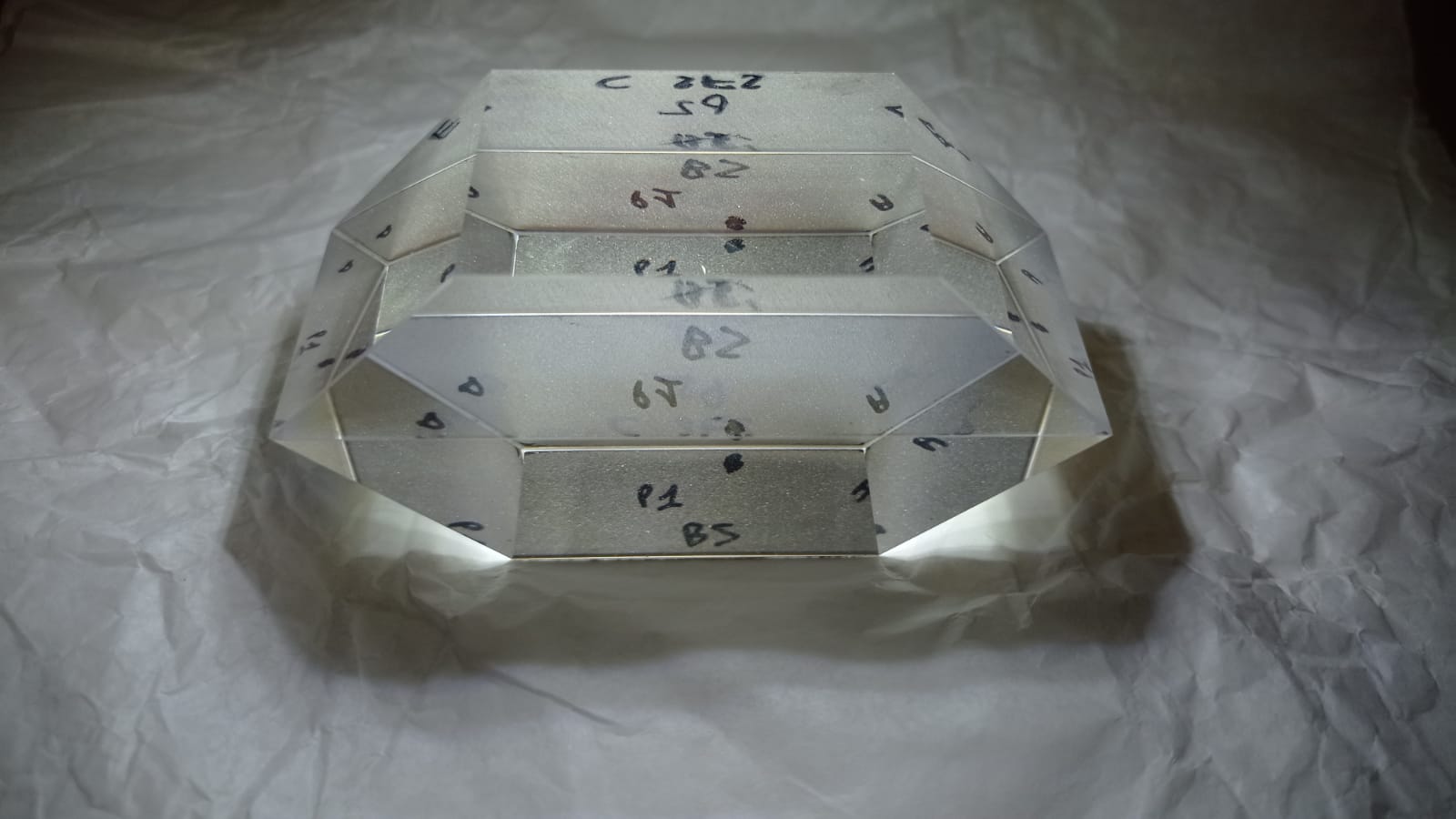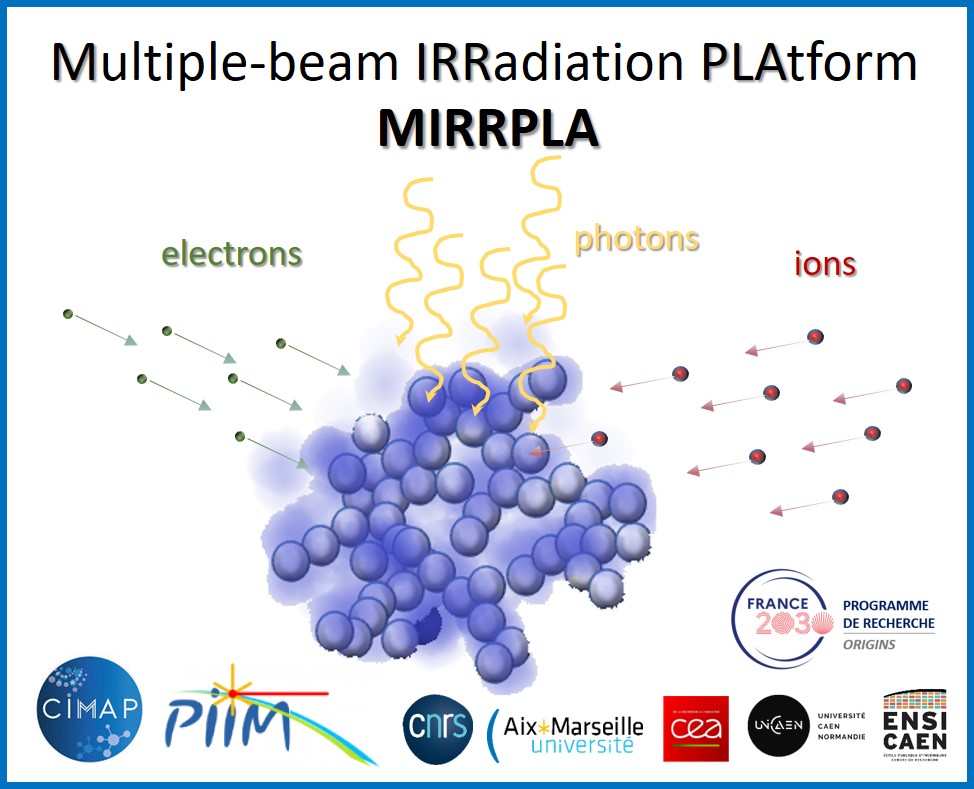
µL2-HRMS
High-resolution mass spectrometry assisted by two-stage laser desorption-ionization
Overview
Kevin LEPOT (U. Lille, CNRS, Institut Universitaire de France), Laboratoire d’Océanologie et de Géosciences ; porteur.
Véronique VUITTON (CNRS, UGA), Institut de Planétologie et d’Astrophysique de Grenoble ; co-porteur.
Cristian FOCSA (U. Lille, CNRS), Laboratoire de Physique des Lasers, Atomes et Molécules ; co-porteur.
Hassan SABBAH (UT3, CNRS), Institut de Recherche en Astrophysique et Planétologie, co-porteur
Laser-assisted mass spectrometry enables us to characterize the molecular compositions of soluble or macromolecular organic matter with minimal preparation and spatial resolution down to the micrometer. We will develop the potential of this technique for the study of natural organic matter, which is chemically ultra-complex and often heterogeneous. Our aim is to provide new information on the origin and/or history of organic matter in meteorites, in asteroid samples, in various fossil microorganisms and in some of the oldest terrestrial carbonaceous residues with a plausible biological origin. This project will provide powerful methods for characterizing organic matter in the valuable extraterrestrial samples to be brought back from Phobos and Mars, and will help to better define potential traces of life.
To develop
Our research
Two-stage laser desorption-ionization coupling for ultra-high resolution mass spectrometry
We’ll be combining ultra-high mass resolution (to formally assign chemical formulas) with two-stage laser desorption-ionization (to probe organic molecules with maximum sensitivity without instrumental artifact bias). Tandem mass spectrometry will provide information on molecular structures. Molecular imaging will locate heterogeneities and link them to mineral textures.
Analysis of asteroid samples
We will analyze three key samples from asteroids (sample returns and/or meteorites) to provide new insights into the origin and evolution of organic matter from the original molecular cloud to weathering on their parent body. Will pave the way for molecular microanalysis of extraterrestrial samples brought back by future space missions.
Biosignatures in terrestrial rocks
Analyze proven fossil microorganisms ~400 million years old, the oldest undoubtedly fossil organic matter (2-3 billion years), and the oldest terrestrial organic matter (biogenic or not, ~3.5 billion years). Will help define biosignatures for the earliest traces of life on Earth, and offer new molecular tools for (micro)paleontology.
Data analysis
Development of software for assigning chemical formulas, analysis protocols for chemical imagery and multivariate statistics to search for compositional heterogeneities, and data curation.
The consortium
CNRS, Université de Lille, UGA, Université Toulouse II
Scientific expectations
Development of a state-of-the-art analytical platform.
Scientific publications in generalist, cosmochemical, paleontological and mass spectrometry journals.
Societal impacts
Societal importance of questions related to the origin and early evolution of life on Earth, the possibility of life beyond Earth, and the history of celestial bodies involved in cosmic processes.
Will stimulate innovative research in the fields of environmental science, biomedical analysis and materials/surface science.
Skills development
8 permanent researchers and lecturers, including 3 postdocs.


